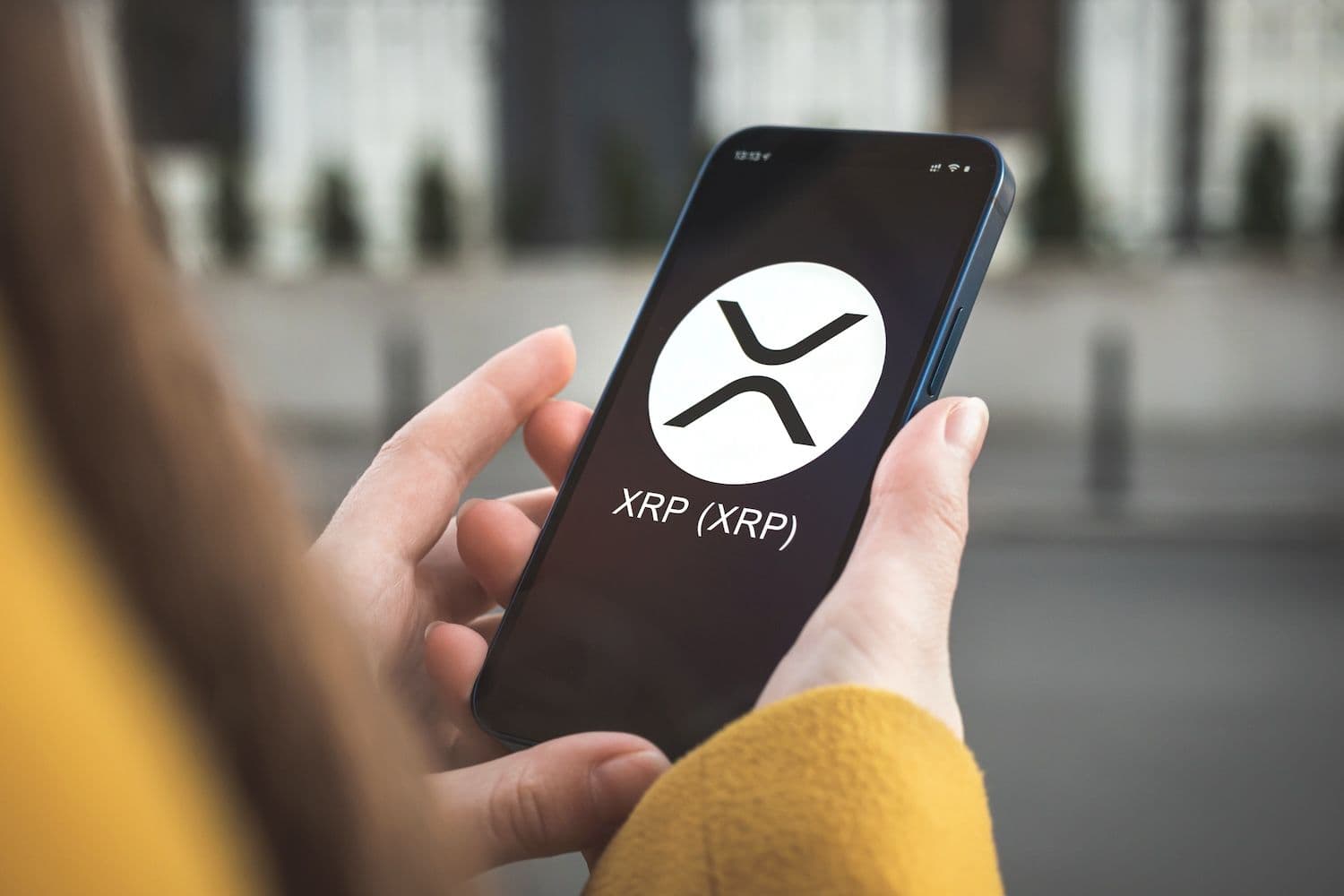XRP holders will gain access to decentralized finance protocols through a new wallet platform that eliminates traditional technical barriers. Luminite, a non-custodial wallet, launched on the Flare Network to provide smart contract functionality for assets that previously lacked such capabilities.
What to Know:
- Luminite wallet removes seed phrases by using passkeys, biometrics, or email sign-ins to make DeFi accessible to XRP holders
- The platform allows users to wrap XRP tokens into FXRP using Flare's FAssets protocol for staking and liquidity products
- Built on Flare Network, the wallet integrates fiat on-ramps and direct access to DeFi protocols including swaps and synthetic asset minting
Eliminating Technical Barriers For Mainstream Adoption
The Luminite platform addresses one of cryptocurrency's most persistent obstacles: user complexity. Traditional crypto wallets require users to manage seed phrases, a technical hurdle that has prevented mainstream adoption. Instead, Luminite employs Turnkey's embedded infrastructure to enable access through familiar methods.
Users authenticate through passkeys, biometric data, or standard email credentials. This approach mirrors traditional banking applications while maintaining the non-custodial security that defines decentralized finance.
The wallet integrates fiat on-ramps through services like Topper, allowing direct purchases of FLR and XRP tokens.
"By removing complex barriers of entry, we're enabling anyone - from first-time users to seasoned crypto holders - to access the full power of the Flare ecosystem," the Luminite team stated. The platform provides immediate access to Flare's DeFi protocols, including staking services, token swaps, synthetic asset minting, and cross-chain bridging through Stargate.
XRP Integration And Future Functionality
The most significant development centers on XRP's integration into DeFi ecosystems. Within months, holders will wrap XRP tokens into FXRP through Flare's FAssets protocol. This wrapped version enables participation in staking and liquidity provision programs previously unavailable to XRP holders.
XRP currently trades at $3.0084, representing substantial value that has remained largely isolated from DeFi opportunities. The wrapping mechanism creates new utility for these holdings while keeping them within Flare's ecosystem. This approach contrasts with bridge-based solutions that often fragment liquidity across multiple networks.
The FAssets protocol serves as the technical foundation for this integration. It creates synthetic representations of assets on Flare while maintaining backing through collateral mechanisms. For XRP holders, this means accessing yield-generating opportunities without selling their underlying positions.
Understanding Key Crypto Terms
Several technical concepts underpin this development. Non-custodial wallets allow users to maintain control of their private keys and funds, unlike exchange-based custodial solutions. DeFi protocols operate through smart contracts, automated programs that execute financial transactions without intermediaries.
Token wrapping creates blockchain-compatible versions of assets that lack native smart contract functionality. FXRP represents wrapped XRP that can interact with Flare's DeFi applications. Total Value Locked (TVL) measures the dollar value of assets deposited in DeFi protocols, serving as a key metric for ecosystem health.
Synthetic assets provide exposure to underlying assets through collateralized positions rather than direct ownership. Liquidity provision involves depositing tokens into trading pools to facilitate exchanges, typically earning fees in return.
Market Implications And Sustainability Questions
The platform's success depends on factors beyond user accessibility. Sustained TVL growth will indicate whether XRP holders find value in Flare's DeFi offerings. Liquidity incentives may prove necessary to attract initial users and establish trading volumes.
Developer adoption represents another critical factor. The team noted their goal extends beyond crypto-native users to "the next wave of users discovering blockchain through real utility." This suggests targeting traditional finance users who may prioritize familiar interfaces over technical sophistication.
Whether this integration creates lasting value depends on ecosystem development. Users need compelling reasons to keep wrapped XRP within Flare rather than bridging to established networks like Ethereum or Solana, which offer more mature DeFi landscapes.
Closing Thoughts
Luminite's launch represents a significant step toward mainstream DeFi adoption by addressing user experience challenges that have limited participation. The platform's success will ultimately depend on sustained ecosystem growth and developer adoption beyond its initial accessibility improvements.

